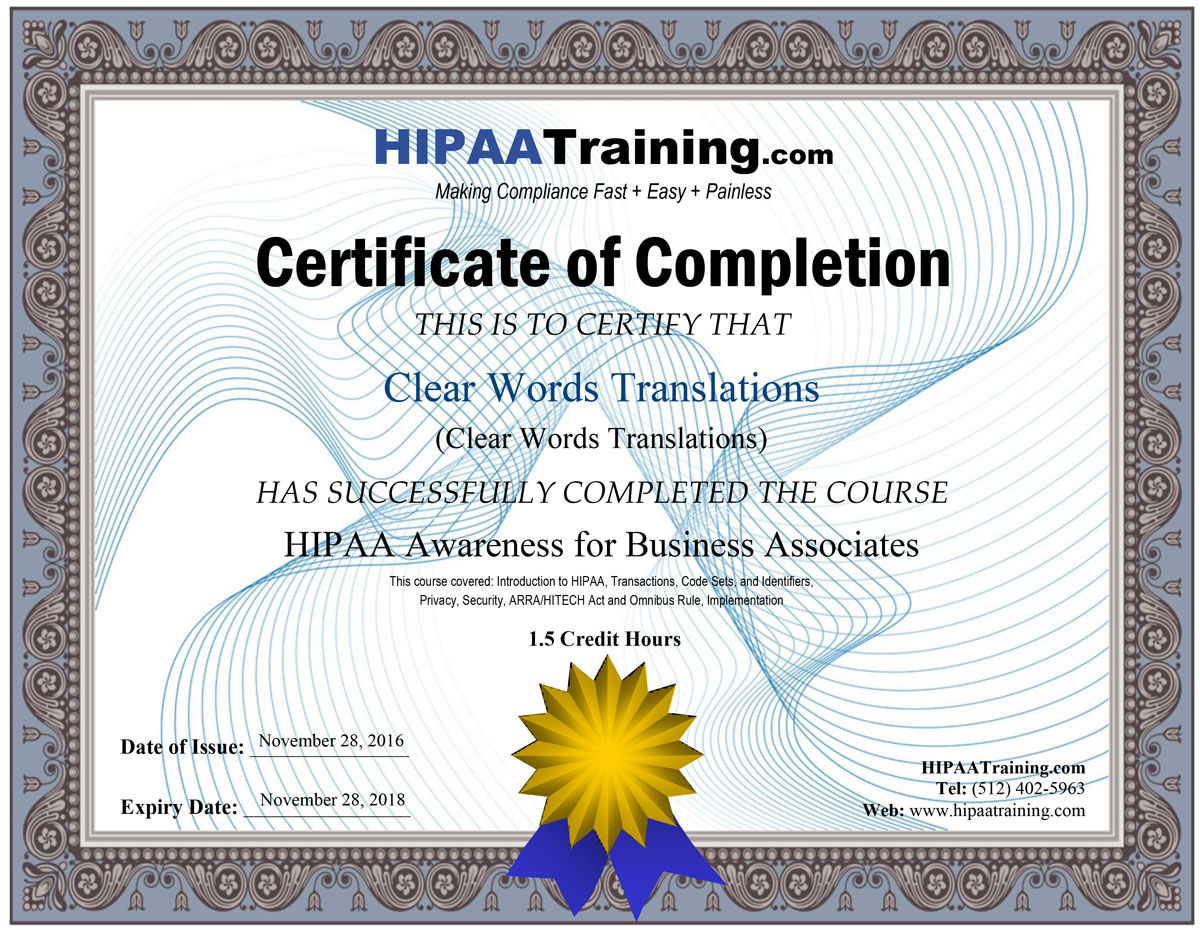How to Use Translation in B2B Marketing in 2021
CLEAR WORDS
TRANSLATIONS
All News
December 10, 2020 |
How to Use Translation in B2B Marketing in 2021
B2B global marketing strategies should include more than one language. Even if most of your international clients speak English, having your website and marketing materials available in multiple languages can help you consolidate business relationships. Translation in B2B marketing allows you to increase brand awareness, streamlines communication with potential and existing clients, and positively impact your revenue.
If you plan on selling in global markets, translation and localization services are essential for reaching new clients. Here’s how you can include translation in B2B marketing for global expansion and successful business outcomes.
Localize Your Website First
An effective global B2B marketing strategy starts with a localized website, where people can find accurate information about your products and services in the language they speak best. Ensure that your website is impeccable, the content is up-to-date, and your contact information is relevant to the country or region for which you localize.
Website localization helps you tell your brand story in ways that make it easy for international customers to connect with you. At the same time, it shows you have a global strategy for growth and cultivate a company culture in which people can handle the challenges of working with international partners.
It’s true that website localization can be a complex project. It includes adapting all your content to a new market, including videos, images, and small details that facilitate understanding. You’ll also need to change date and time formats, convert measures to a different system, and introduce new currencies and local payment methods, among many other things.
A localization project goes beyond marketing purposes, but it’s essential to build awareness and generate trust—as much as 64 percent of B2B buyers research vendor websites before they contact a sales rep. If you translate marketing materials first, people who learn about your company might get confused if they are compelled to complete their research in a different language.
It can discourage them from contacting you, not knowing what to expect from you. On the other hand, if you support the buyer’s journey from start to finish with content in the same language, you provide an excellent user experience and encourage people to get in touch.
It’s All About First Impressions
B2B buying processes involve up to 10 people inside a company. They share information and discuss their preferences, which means every decision-maker consumes multiple pieces of content before purchasing a product or service. It’s a long sales cycle, in which people can easily forget you if you’re not memorable.
If you manage to impact the audience with a great first impression, you keep people interested in what you have to say. In the long run, you’re more likely to close the sale than if you’re pushing the same one-size-fits-all content across multiple markets.
Translation in B2B marketing helps you adapt your message to international clients. You get to localize and customize your content and marketing materials and communicate the value you bring more effectively. People will feel empowered when consuming your content because you deliver it in the languages that they’re comfortable with. They understand what you tell them and can relate to your message.
At the same time, translation in B2B marketing is an excellent way to show potential clients that you care about how they receive your message. Often, international companies use business translation to streamline internal communication. If you provide them with content in multiple languages right from the start, you show that you understand their needs and can support them across various countries if they choose to collaborate with you.
Be sure to translate and localize not just your website but also marketing materials, social media content, and email marketing. This way, you provide your potential clients with all the information they need to make an educated buying decision.
Pay Attention to Cultural Insights
Most international executives speak perfect English and can easily overcome cultural barriers. But that doesn’t mean they should have to make an effort to understand what you’re trying to say. And if they find themselves in awkward or embarrassing situations due to misunderstandings, they won’t buy.
When you start translation in B2B marketing, you need to overcome languages and cultural barriers to maximize results.
In other words, translation in B2B marketing isn’t rewriting your content in multiple languages. You need localization and transcreation to adapt your content to international business environments and multilingual clients’ expectations. You’ll need to do market research for every local market you target to understand your audiences, their pain points, and how they prefer to solve their problems.
Your international partners will appreciate it if you take the time to learn about cultural differences before approaching them. Cultural intelligence is crucial when going global.
Business at its core is all about people, so it’s in your best interest to rely on cultural insights when translating for B2B marketing purposes. This way, you minimize potential faux pas and communication errors, providing an excellent user experience from start to finish.
Moreover, when you speak as your audience speaks, nothing gets lost in translation, and you can quickly highlight your unique selling proposition. This way, your target audience can easily foresee the benefits of working with you. Plus, when you create a localized B2B marketing strategy, you build brand credibility. Your business partners will notice your consistent messages and your ability to communicate clearly in multiple languages.
Translation in B2B Marketing Is Essential in 2021 and Beyond
The pandemic has forced companies to accelerate their digital transformations. With less business traveling and more Zoom calls than ever before, having a substantial online presence has become a must in the B2B world. The good news is, you can reach a broad audience with limited resources online.
Translation in B2B marketing allows you to communicate your value with multilingual audiences and build a network of international clients to support global growth.










